Understanding How Spray Foam Insulation Works
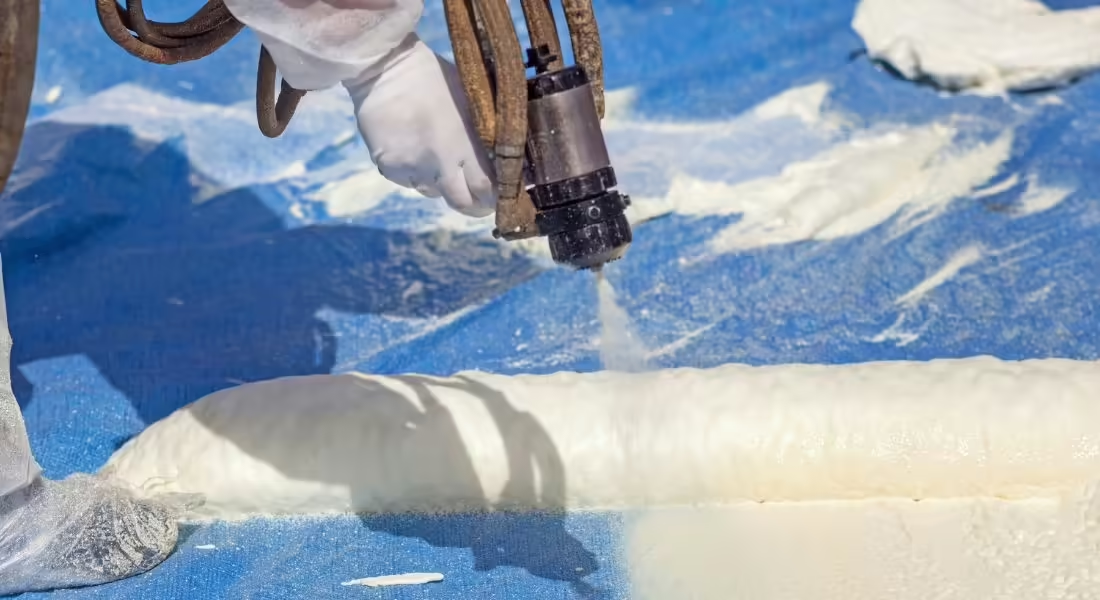
Spray foam insulation is one of the most effective types of insulation. In addition to minimizing heat transfer, reducing airflow, and preventing mold growth as conventional insulation materials do, spray foam insulation offers many additional benefits. For example, spray foam insulation also effectively fills cracks, crevices, gaps, and other abnormal surfaces to block leakage. Plus, it will never lose its shape by sagging, compressing, or setting like many other types of conventional insulation do. To learn how this unique and effective type of insulation works its magic, consult this guide to understanding how spray foam insulation works.
Spray foam insulation contains two distinct chemicals: polyol resin and some form of isocyanate. When combined, these chemicals react to create a foam. The foam then expands when sprayed. The expansion allows the insulation to mold to and fit the shape of the area into which it’s sprayed. As such, it will fill all cracks to provide an airtight seal.
Certain open-cell spray foam insulation can expand up to 100 times its original size. Therefore, spray foam can easily seal cracks on abnormal surfaces, such as the areas around light fixtures, electrical outlets, and other wall installations. Leakage in such areas can account for 40 percent of a home’s total energy bill. Since it prevents this leakage, spray foam insulation is one of the most energy-efficient and environmentally friendly forms of insulation.
The spray foam hardens rapidly after it’s sprayed. Once hardened, the spray foam never loses its shape, which makes it effective for many years to come.
Spray foam insulation is an extremely effective insulator not only because it seals off small crevices and maintains its shape, but also because it successfully blocks multiple forms of heat transfer, including:
- Convective heat transfer: The transfer of heat from one area to another through the movement of a liquid or gas. By creating an airtight seal, spray foam insulation prevents convective heat transfer.
- Conductive heat transfer: Heat transfer between two solid bodies. Because spray foam insulation has very loose molecular bonds, it effectively prevents conductive heat transfer.
- Radiant heat transfer: Heat exchange of energy by photons that occurs between two bodies at different temperatures and doesn’t require a medium to transfer the heat. Like most solid materials, spray foam insulation is impervious to radiant heat transfer.
If you’re interested in installing spray foam insulation in your home, contact Paragon Protection. As the leading spray foam insulation contractors in Crystal Lake, we have the experience, expertise, and specialized equipment necessary to properly install this extremely effective insulator in your home or commercial area. For more information regarding our products and services, contact us today.

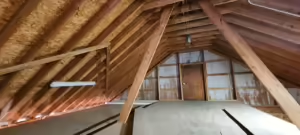
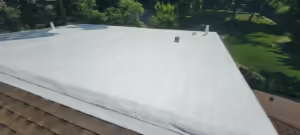
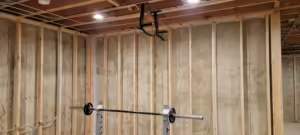
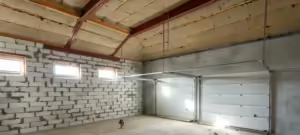

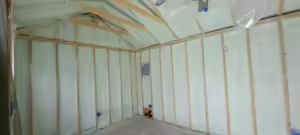
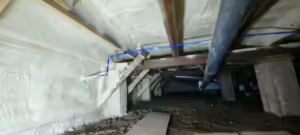
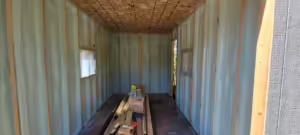
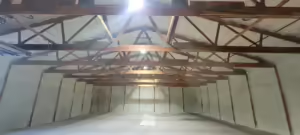
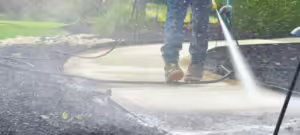
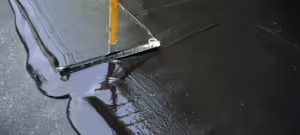
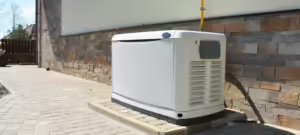
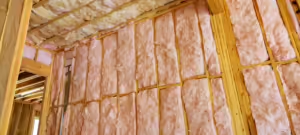
 Professional Insulation Services
Professional Insulation Services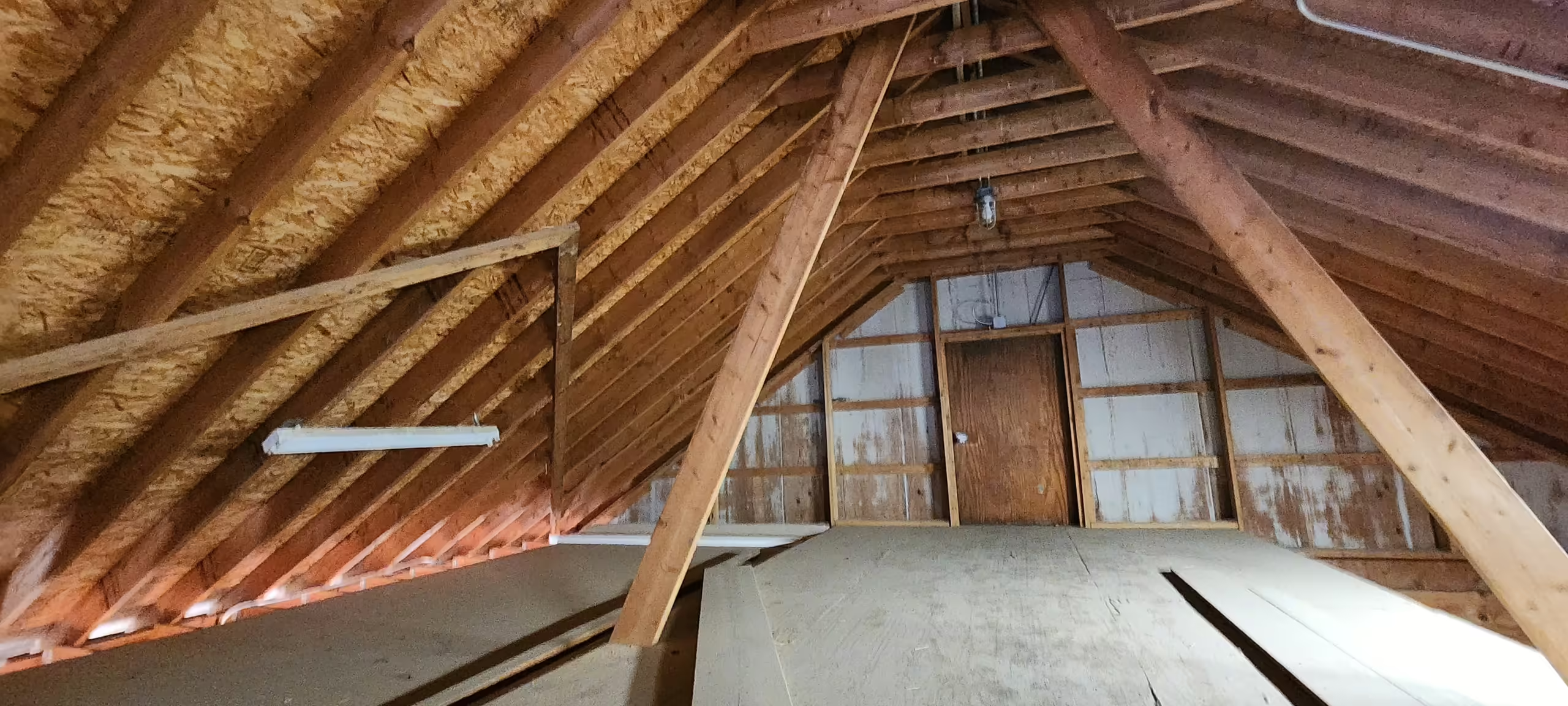 Attic Insulation Services
Attic Insulation Services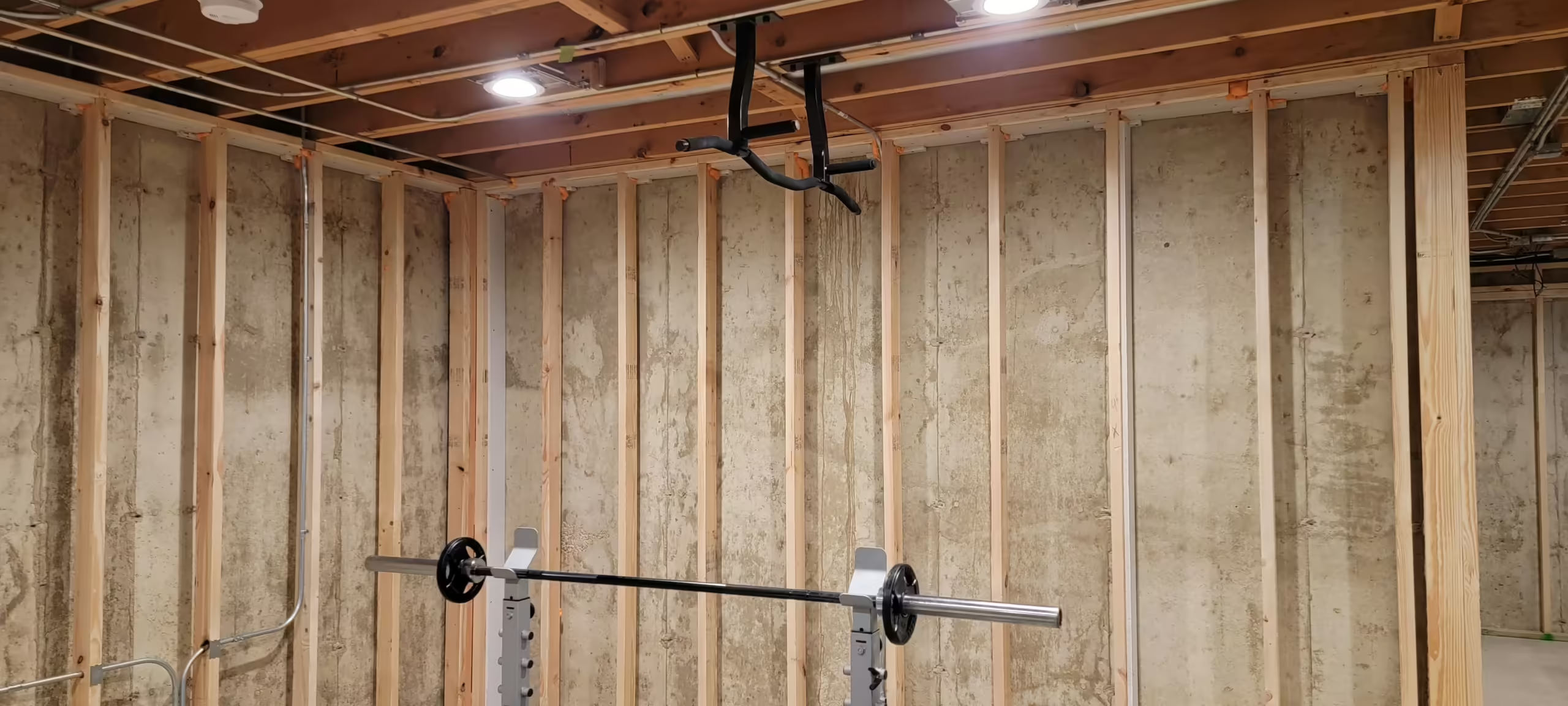 Basement Insulation
Basement Insulation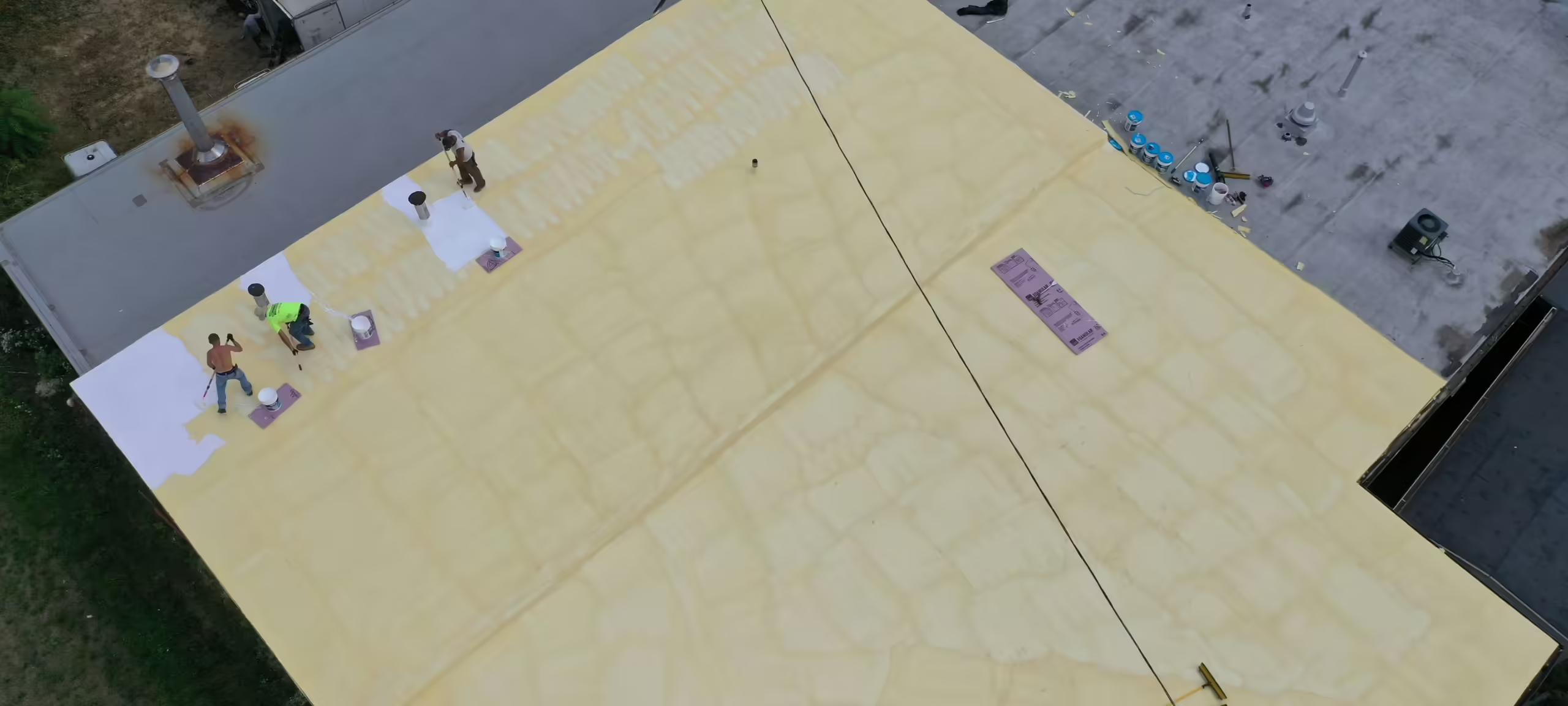 Commercial Insulation
Commercial Insulation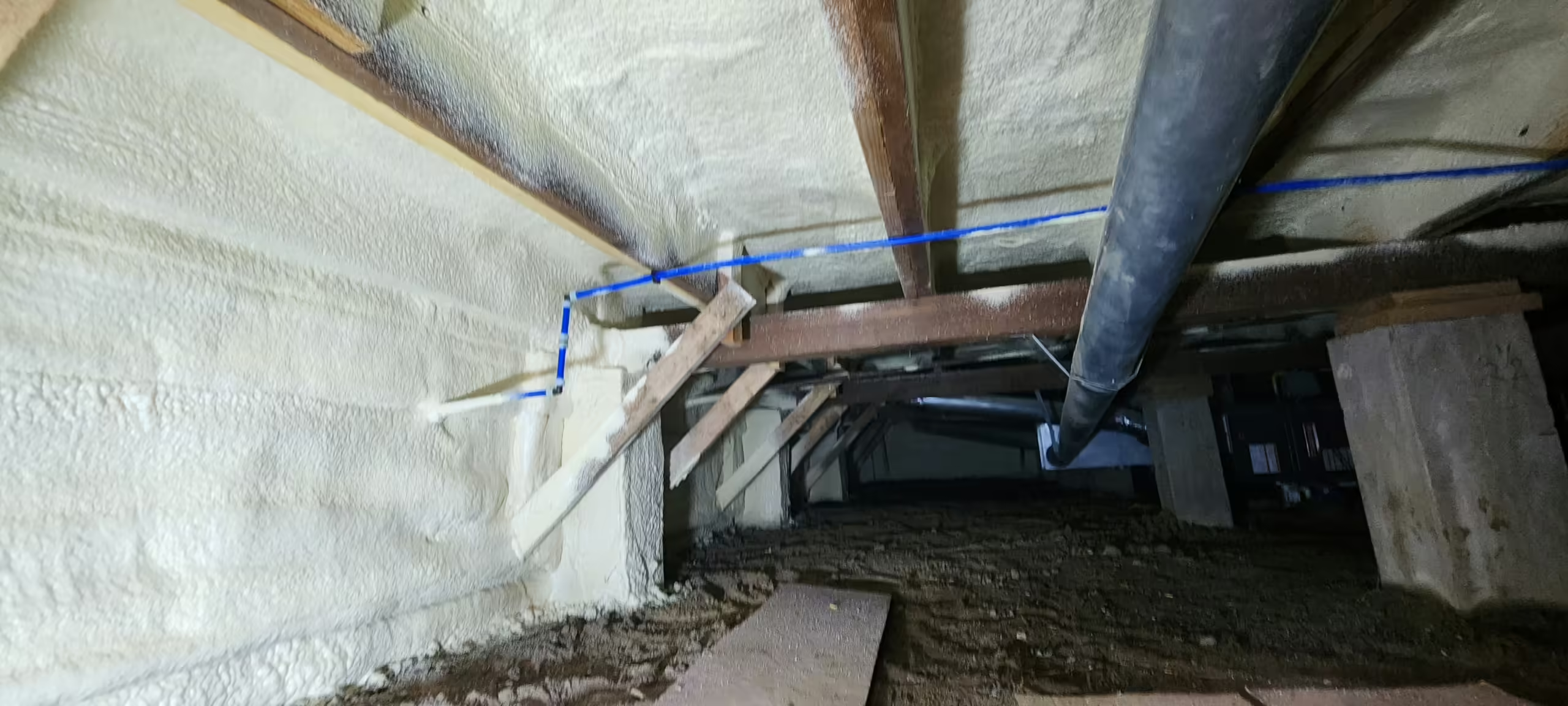 Crawl Space Insulation
Crawl Space Insulation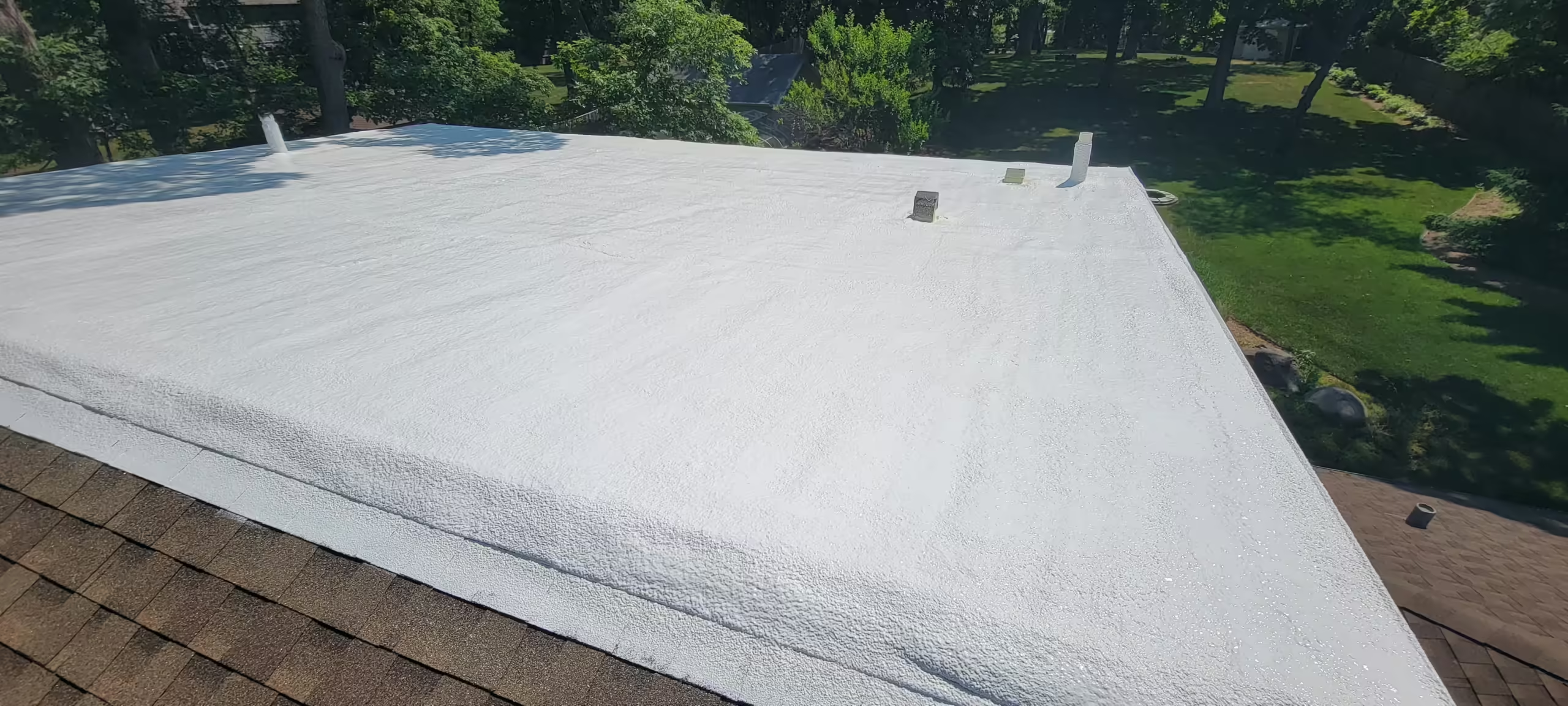 Exterior Wall Insulation
Exterior Wall Insulation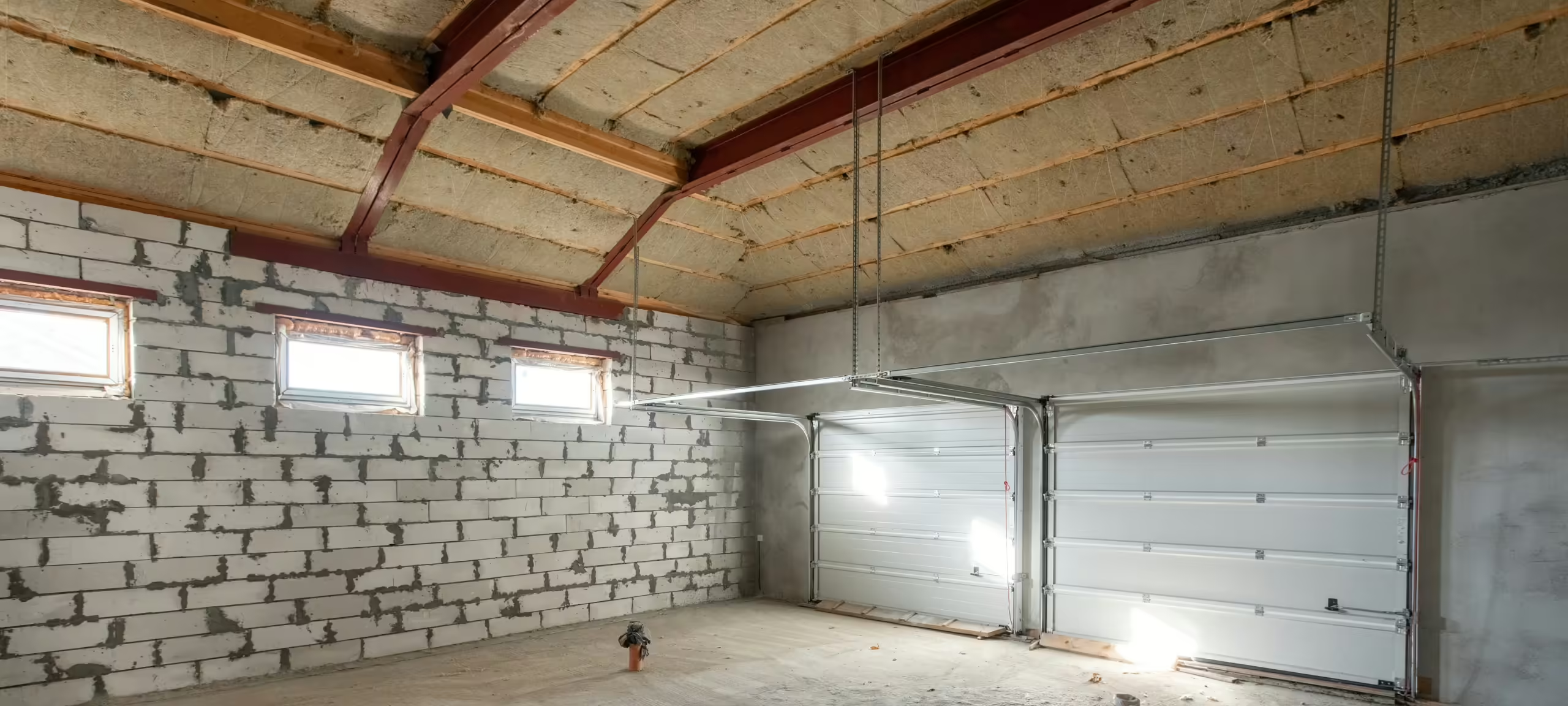 Garage Insulation
Garage Insulation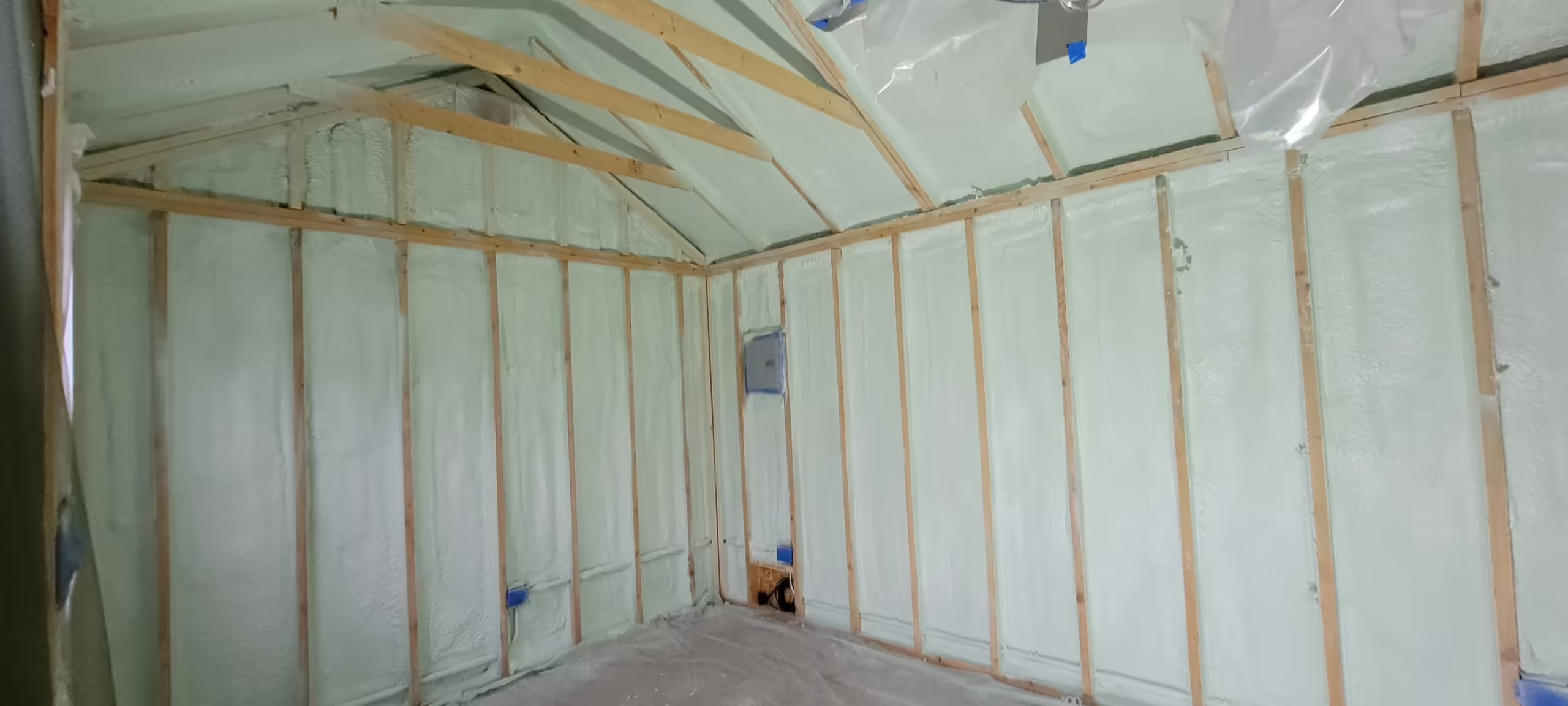 Interior Wall Insulation
Interior Wall Insulation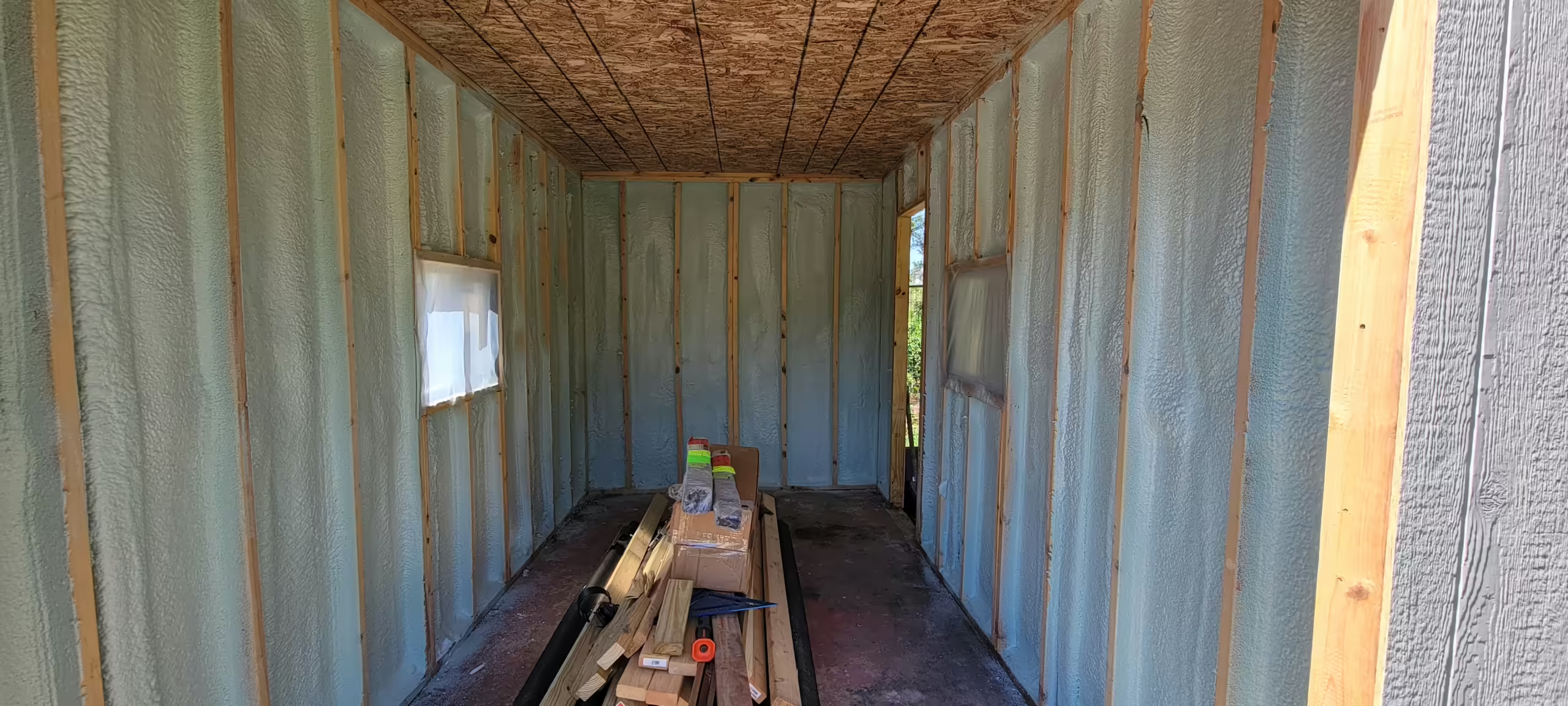 Shed Insulation
Shed Insulation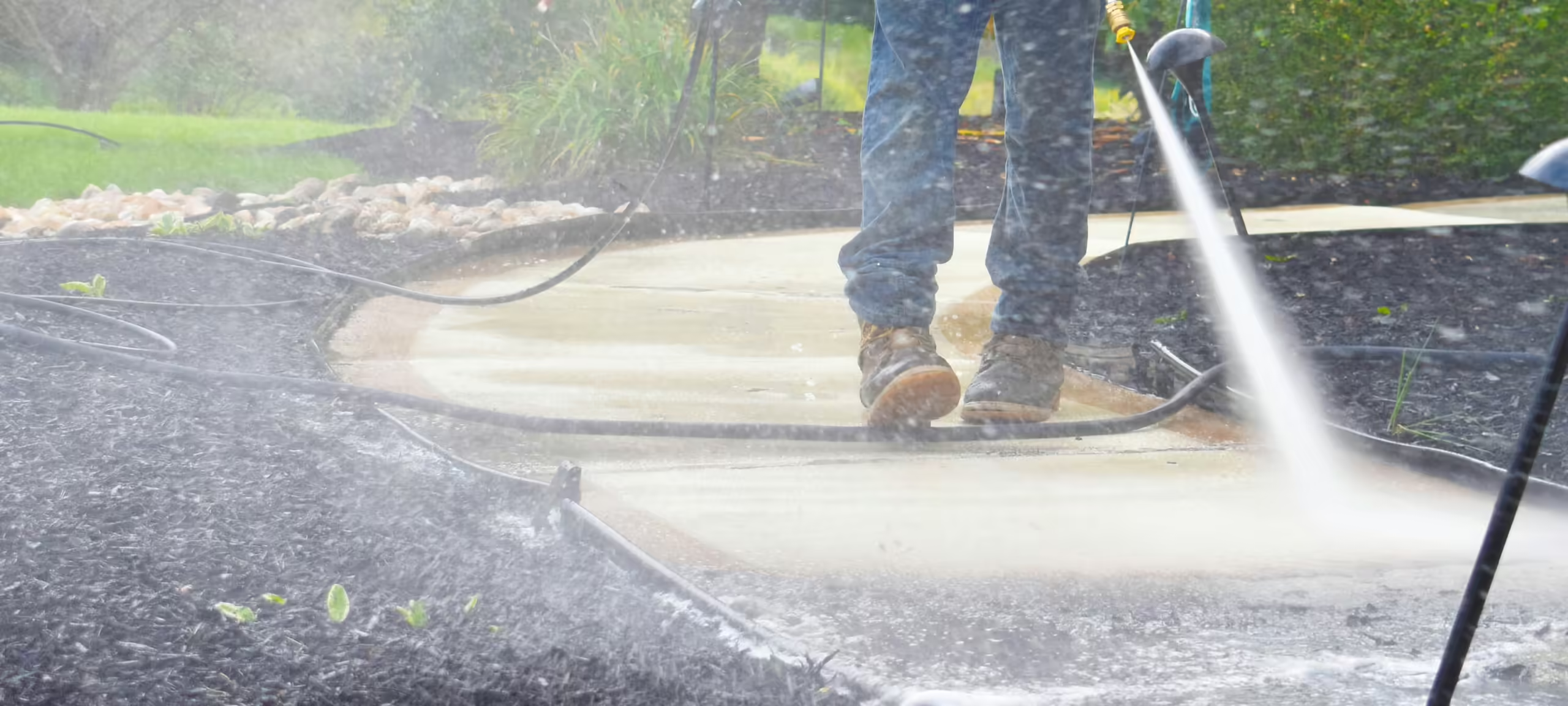 Power Washing
Power Washing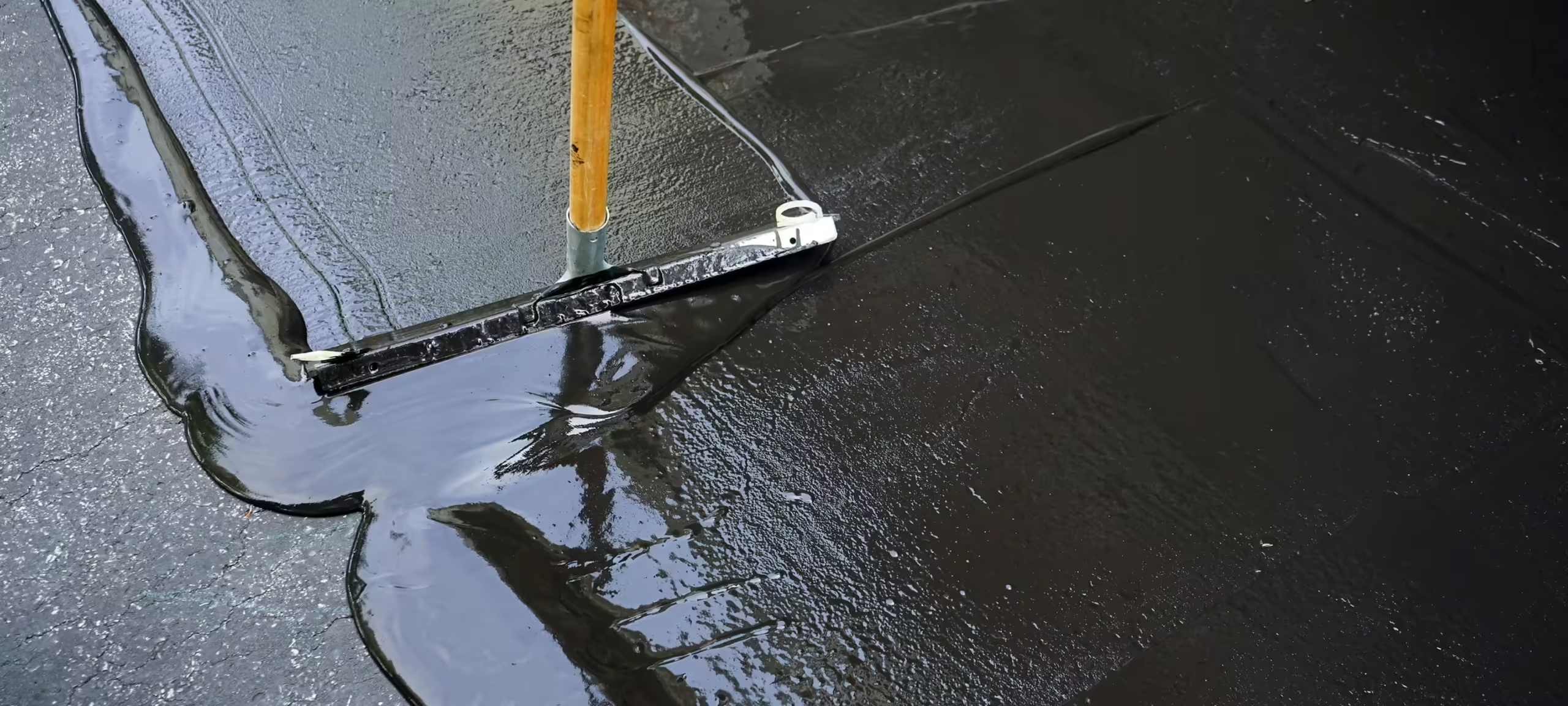 Sealcoating
Sealcoating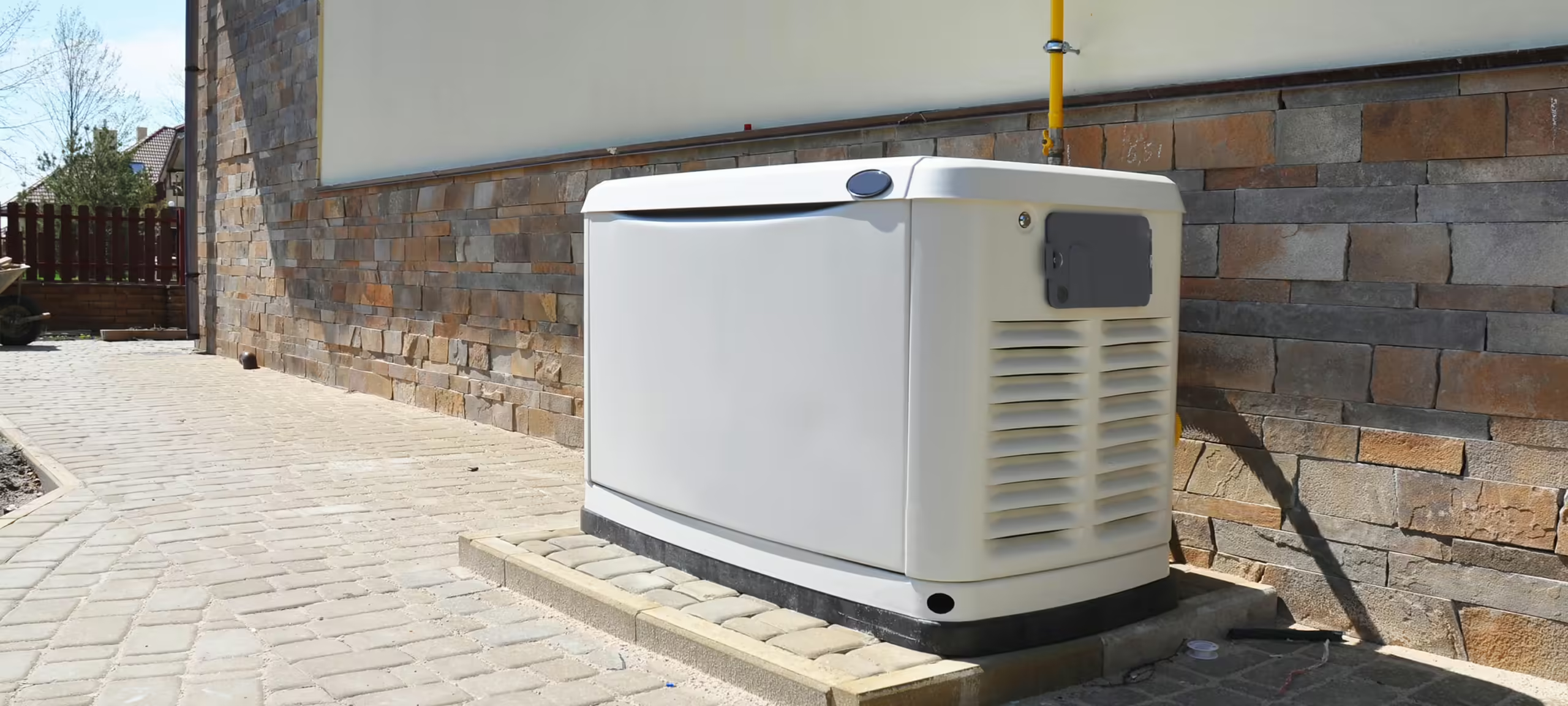 Backup Power Generators
Backup Power Generators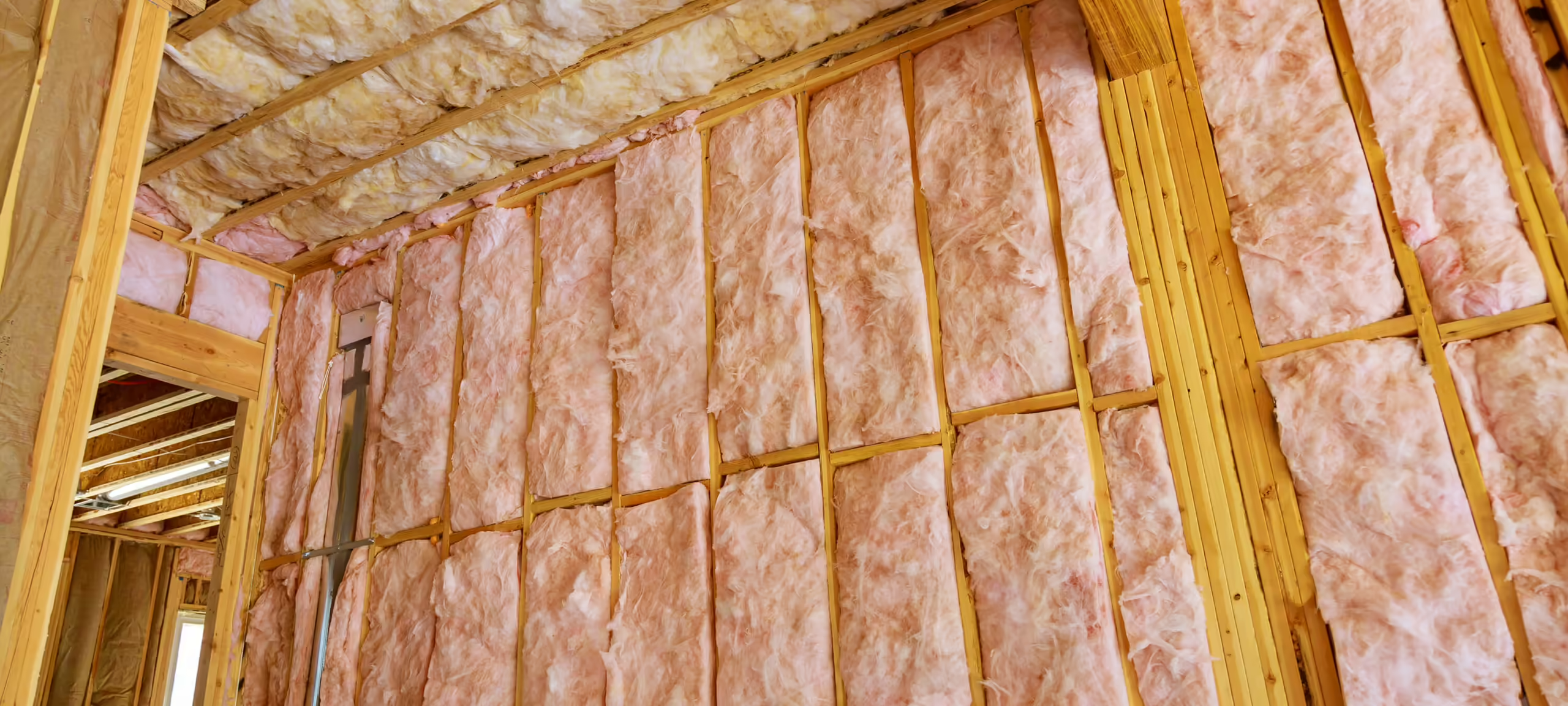 Insulation Removal Service
Insulation Removal Service Lake County Insulation
Lake County Insulation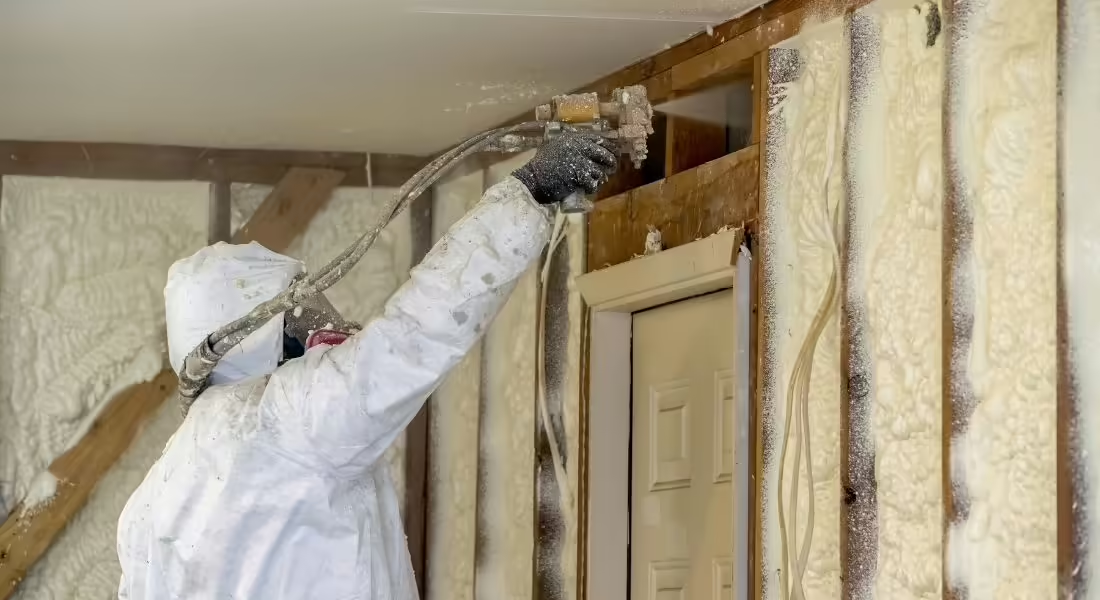 Spray Foam Insulation Guides
Spray Foam Insulation Guides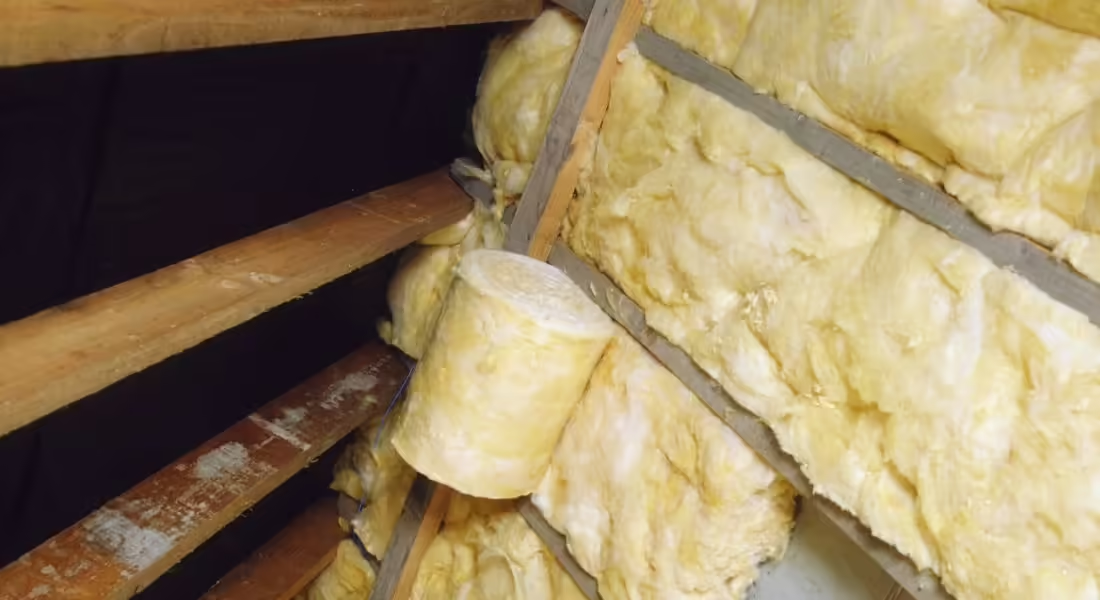 Insulation Guide
Insulation Guide Home Improvement & Maintenance Guide
Home Improvement & Maintenance Guide